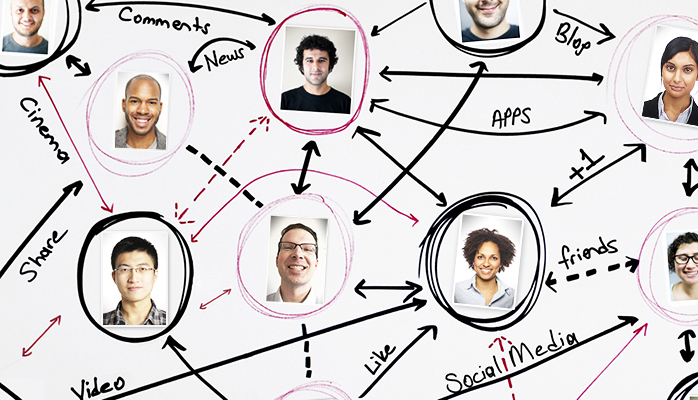[responsive] [/responsive]
[/responsive]
Much has been written lately about the attention economy and the need for brands to cut through the clutter to be heard and seen. Yet as we tire of virtually jumping up and down waving our hands in the air to get noticed, we quickly realize that grasping attention is not nearly enough. If it were, then flashing digital banner ads and interruptive sales videos would be all we need to be a success. Clearly, it’s not.
Welcome to the rise of the Content Economy.
As Tom Channick of Sharethrough explains, “A surprising transformation across the media industry has happened in the span of a few years as content has emerged as the central currency linking brands and publishers.”
That currency is used by your prospects and customers in determining where their hard currency goes.
Think about it. At Freeport Press we generate eight to nine posts per week. We’ve curated articles and added our perspectives. We’ve mouthed off a bit. We’ve created close to 763 posts in about a year and a half.
We aren’t talking to ourselves: We reach out to more than 6,000 email subscribers each week, 600 followers on Twitter and 1,700 contacts on Linked-in. Before we left Facebook we had more than 6,000 followers there. And the article we wrote about why we left Facebook went viral on LinkedIn, garnering more than 57,000 views at the time of this post.
And we are a manufacturing company. We aren’t a media company. Or are we? Is everyone today? It’s fascinating to me how everyone online is now a producer of content, working to build a dynamic relationship with their readers.
With publishers like Conde Nast launching creative agencies to drive native advertising opportunities, and brands turning to publishers for content exposure, publishers, brands, platforms and consumers are all undergoing a radical shift.
“While publishers are turning into brand studios and brands are turning into publishers, major platforms on the web are morphing into media companies,” writes Channick. “LinkedIn is the seminal example of a major technology platform evolving into a media company, with content creators now on its payroll, offering further validation that content is the lifeblood of all businesses.”
What will it take to win in the new content economy? According to Channick, the secret is to interrupt less and engage more. “The best way for brands to emotionally connect is through meaningful content,” he explains.
This works because it answers a unique human need that is vastly different from the fear-based advertising approach of yore.
“We are, as a species, addicted to story,” notes American literary scholar Jonathan Gottschall. “Even when the body goes to sleep, the mind stays up all night, telling itself stories.”
As brands become storytellers, consumers are listening. And they don’t want a sales pitch.
“The best way to sell something? Don’t sell anything. Earn the awareness, respect and trust of those who might buy,” said Rand Fishkin, founder of SEOMoz.
Let’s allow this to sink in for a moment – we must earn the awareness, respect and trust of our audience to succeed in this content economy. Gaining this understanding is what has helped us make the transition from attention-seeking to story-telling, from the attention paradigm to the new content model.
While Robert Simon of Four Seasons Hotels and Resorts famously said “Publish everywhere,” simply putting it out there is not enough – not by a long shot.
“Traditional marketing talks at people. Content marketing talks with them,” notes Velocity’s Doug Kessler. This is why people like Gary Vaynerchuk are so jazzed about Twitter’s recent launch of video uploads.
“People respond to effort,” Vaynerchuk explains. “Time is so incredibly precious to people. They hate when it’s wasted, and they are impressed when you give them some of your time.”
Why? We believe it comes down to relevance. Your reader might engage with your 140-character tweet, or may be compelled to read all 700 words of your next article. It all depends on how closely they connect to the content. If you can make that emotional tie – if they feel you “get” them – they’ll dig deeper, engage more and look forward to what you publish. And that, as advertising pioneer Howard Gossage pre-saged decades ago, is platform-agnostic.
“Nobody reads ads. People read what interests them. Sometimes, it’s an ad,” Gossage is credited as saying. People read what interests them, and they love a good story. Whether you publish in print, video, audio or digital, this is the basis of the content economy and the titans of this era are the ones who get that.
